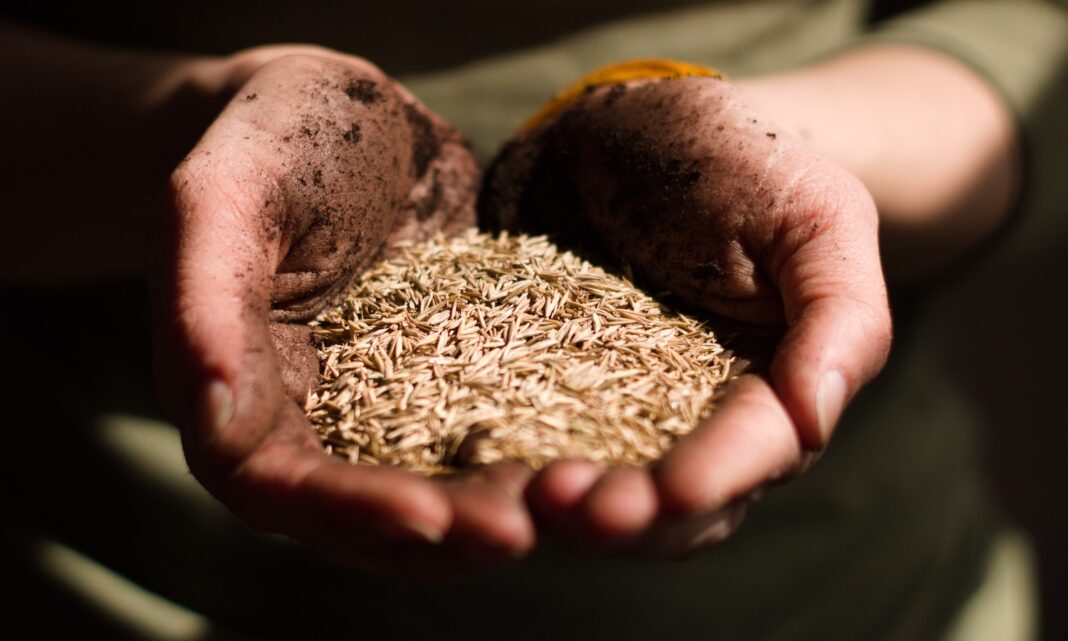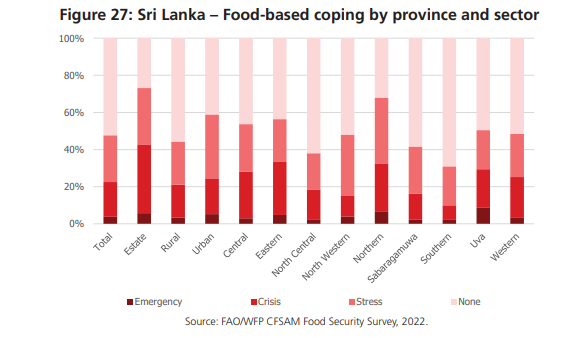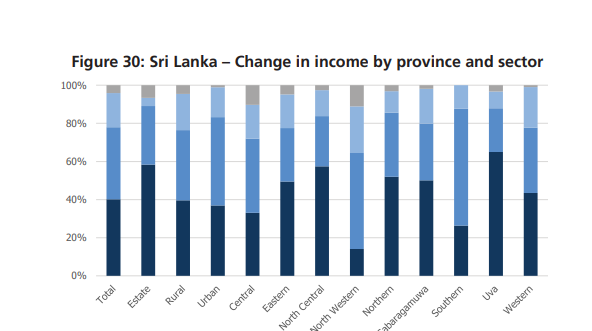Image courtesy of foodtank.com.
In its special report on crop and food security assessment mission to Sri Lanka, September 2022, FAO/WFP says that high levels of acute food insecurity were of great concern in the first half of 2022 and are expected to continue deteriorating, driven by import shortages, surging prices and livelihood disruptions, exacerbated by the upcoming lean season.
Highlights of the report:
- Acute food insecurity has risen dramatically, as a result of import shortages, soaring prices, livelihood disruptions, reduced household purchasing power and exhaustion of less severe household coping strategies.
- Production of paddy, the main food staple is forecast at 3 million tonnes in 2022, a 42 percent decline year-on-year and the lowest level since the 2017 drought-affected
output, mostly due to low yields following reduced application of agrochemicals. - Production of maize, mostly used as feed, is about 40 percent below the last five-year average, with negative effects on poultry and livestock production.
- Total cereal import requirements in 2022 are estimated at 2.2 million tonnes. In the first six months of 2022, about 932 000 tonnes of cereals were imported, leaving an outstanding import requirement of 1.27 million tonnes. Given persisting macroeconomic challenges, there is a high risk that the full import requirement could not be met.
- Production of vegetables, fruits and export-oriented crops, such as tea, rubber, coconut and spices, is well below the average levels, causing a significant decline in
households’ income and export revenues. - Prices of most food items have been on a steady increase since the last quarter of 2021 and reached record or near-record highs in July 2022, with the food inflation rate
90 percent higher year-on-year. - Over 6.2 million people (28 percent of the population) are estimated to be moderately acute food insecure and 66 000 people to be severely acute food insecure.
- The highest level of acute food insecurity is in the Estate sector (tea production) and among female-headed households, households with no education, Indian Tamil population and Samurdhi programme beneficiaries.
- Food and livelihood-related coping strategies are being widely adopted, including cutting the number of meals consumed in a day, reducing meal sizes, spending savings, and
purchasing food on credit. As households exhaust these strategies, more of them are likely to engage in severe means of coping with negative knock-on consequences for food security over the medium term. - The situation is likely to deteriorate during the lean season from October 2022 to February 2023. Immediate food assistance and livelihood programmes are essential for
moderately and severely acute food insecure populations, including through existing social assistance mechanisms, to improve household purchasing power to access nutritious food. - In order to avert a further deterioration of food security conditions and to support the restoration of agricultural production, livelihood assistance targeting smallholder
farmers should remain a priority. Improving the production capacity of farmers would ultimately boost the resilience of the agricultural sector.
High levels of acute food insecurity were of great concern in the first half of 2022 and are expected to continue deteriorating, driven by import shortages, surging prices and livelihood disruptions, exacerbated by the upcoming lean season. The immediate scale-up of food and livelihood assistance is critical to mitigate the impacts of the economic crisis, especially on the most vulnerable. A humanitarian intervention is also required to mitigate the food production shortfall, improve household purchasing power and meet current food consumption gaps. The 2022/23 main “Maha” season is set to start in October 2022, and it is crucial to provide urgent support to farmers to safeguard the main harvest and protect food production.
Government and humanitarian and development partners should provide coordinated support for the 6.3 million people estimated to be moderately or severely acute food insecure through existing social assistance mechanisms and expanded food assistance and livelihood programmes for the most vulnerable.Support should be prioritized for the estate
sector and female-headed households, as well as for households with pregnant or lactating women, children under five, Samurdhi beneficiary households, households with
members having a disability, and urban poor households dependent on the informal sector for income generation.
All graphics courtesy of www.fao.org.


